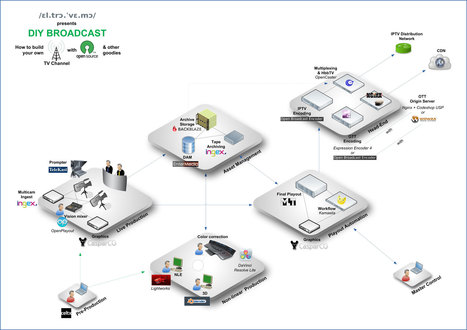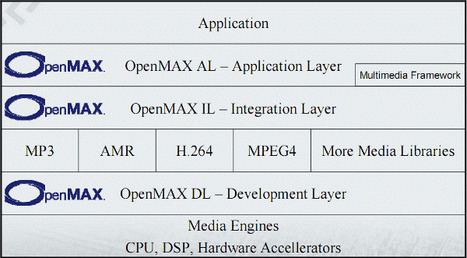Here is our scenario : you are the technical director of a web startup, already having proven your talents with your thematic VOD streaming channel – and your boss suddenly thinks you’re a grown enough company to jump on the broadcast wagon and manage your own 24/7 live TV channel, targeting IPTV and multiplatform OTT, with a mix of some live studio shows and mainly pre-recorded programs. And of course readify it for later iTV DTT distribution. Quite an exciting challenge !
But once you passed the wow effect, you just realize that despite his high expectations for the TV channel, your boss has got just a web budget – which is close to 0$ – and of course a tight launch schedule. Therefore, your first duty is to be creative on how to build the platform for the lowest possible cost : that’s why, using your web reflexes, you naturally turn yourself towards the open-source world to achieve this impossible mission. Inexpensive or free closed-source software will eventually fill the gaps (and obviously there are some).
Fortunately, the web attitude has contaminated many industries with its desire to promote interoperability and avoid vendor lock-in with full-IP standard worflows. The BBC has shown the way for a long-time, funding many developments like the Dirac codec for its own needs of tapeless workflows and open-sourcing them quickly afterwards. Other TV channels like SVT from Sweden (with CasparCG) and many independent developers have jumped onboard, and by combining their efforts with your usual web video tools like FFmpeg or other free tools, you can for sure build the target platform.
Apart from this software layer, you’ll just need :
- commodity IT hardware to run all the software
- some inexpensive SDI cards
- the minimalistic general audio/video routing hardware & cables
- a reasonable amount of time to configure and interface all pieces
and of course the right IT/dev skills to bring it all together…
OK, Let’s build it now !



 Your new post is loading...
Your new post is loading...









